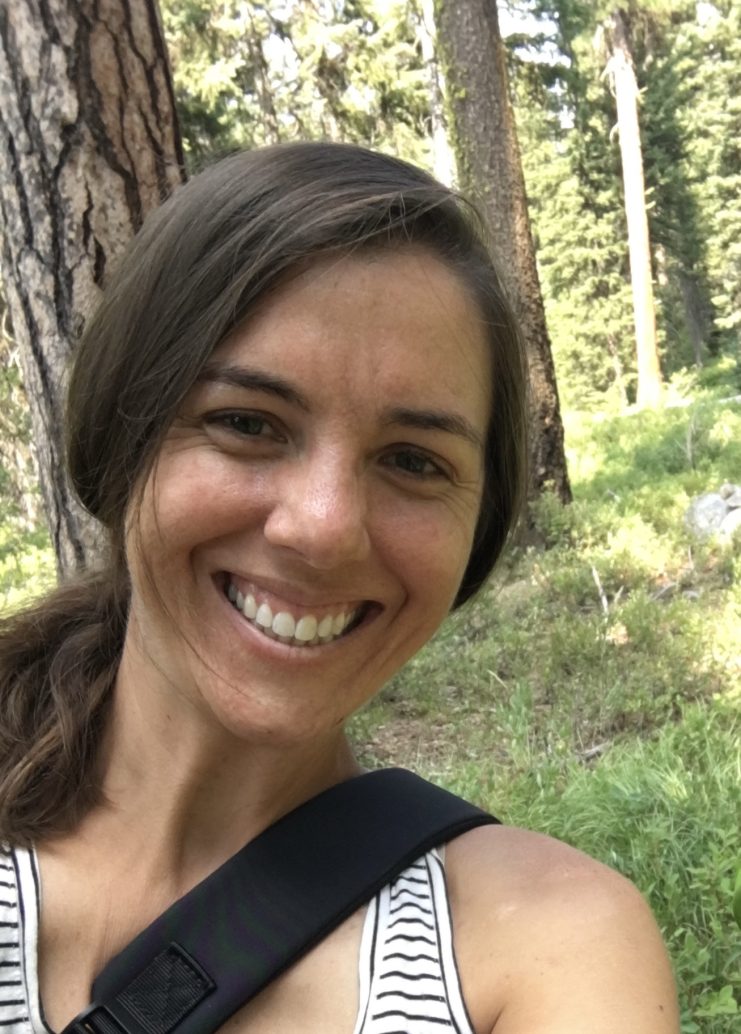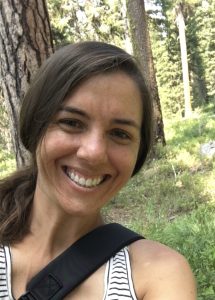
Slowing Down with Supportive Challenge
“Quiet leadership’ is not an oxymoron.” – Susan Cain, author of Quiet: The Power of Introverts in a World That Won’t Stop Talking
When I first ready Quiet, by Susan Cain, I felt such relief hearing her stories of how she lead through her powers of observation and sometimes being the last to speak in a room. This description of leadership resonated with me and affirmed who I was as a leader at my school, Bayshore Elementary.
However, the leaders I admired were in many ways my opposite–verbal processors, commanded rooms quickly and seemed to love small talk. At times, I wondered if leadership positions weren’t for me because I didn’t have the “front and center” personality. But reading her book made me reflect on the leadership gifts I do have—listening, observing, and asking questions. I’ve worked on how to use these quiet strengths to support learners in my classroom, as well as with adult learners.
In my work with Lead by Learning, I have also come to realize that these quiet strengths also enable me to practice Supportive Challenge.
One tool I reference again and again when I work with adult learners is the “Ladder of Inference” which explains how, as humans, we make sense of the world by selecting data, interpret it and make assumptions that eventually lead to actions. We do it so naturally that we don’t often know we are doing it. In the context of teachers supporting each other, we climb the ladder and then give advice to each other. I am learning that Supportive Challenge is really about taking a breath and asking questions to go back down the ladder. In other words, suspend my natural desire to interpret a situation based on a narrow piece of selected reality. In conversations with other learners, I have to think, “How can I get more information so that I don’t make assumptions about this person’s practice or data?” This can be so difficult! I am so used to making quick decisions in the classroom, that it’s hard to slow the brain down after school and really listen.
When I ask questions, I have to de-center myself and the advice I might give, and really engage more deeply with the learner to understand their perspective. I have come to find that the words “Say more” or “Tell me more” really help me to be present to the learner without my brain jumping ahead. I can come alongside the learner and say, “I don’t have the answers. Let’s figure this out together.” I do that by asking questions that I genuinely don’t know how they will answer. I can reflect on what I am hearing and as I do, start to develop questions that may lead the learner to connect data points or help surface disconnects between learner beliefs and actions.
Though my strengths as a leader enable me to be a strong listener, I also know it is important that I too find opportunities to be the Public Learner and invite others to offer me Supportive Challenge.
As a recovering perfectionist, stepping into the learner role for the first time early in my career was difficult. Classroom observations in the past were tied to my evaluation and I felt like I was being judged every time someone came into the room. A few years into teaching I had the opportunity to participate in lesson study. We always started our reflection meetings by discussing what we saw the students doing. Then we posed questions to help the teacher reflect on their decisions during the lesson. If part of the lesson didn’t go as planned, we talked about why. I never felt judged. Quite the opposite—I loved the questions that were posed to help me think more deeply about the work. I discovered that I loved a great question. The discussions made me feel seen and I usually left the meetings feeling energized.
Several years back, I had a really difficult year teaching the biggest class size I had ever had. I was open to any suggestions other teachers had, or anyone coming into my classroom. My colleagues generally sympathized when I expressed a challenge or offered a quick piece of advice. But no one engaged me with student data. Thankfully one person offered to observe and sit with me after the observation. She asked me some difficult questions that led me to think about the underlying structure of the classroom. Her questions revealed blind spots. She pointed out data that I wanted to ignore. I remember being uncomfortable, but it led to a brainstorming session and I made a couple of very productive changes.
When I get nervous about sharing a problem of practice, I think about that time and the shifts I made. She held up a mirror to my teaching practice that I couldn’t do on my own. I still have perfectionist tendencies. I sometimes wince when someone leads me to a blind spot. Vulnerability is hard, even though I know that is where the growth happens. I am grateful for the learning communities where we can be vulnerable together. Every time I have participated in Public Learning and Supportive Challenge with colleagues, I am reminded of how powerful these collaborative moments are:
- Public Learning and Supportive Challenge develop a sense of community between the learner and listener because we all lean into each other in a special way that is so different from being isolated in our own classrooms.
- Listeners can bring fresh and diverse perspectives that energize the Public Learner in a way that leads to a breakthrough.
- Supportive Challenge honors the messy work of teaching that allows the Public Learner to let down their guard.
- We all have opportunities to learn as the listeners of the Public Learner. The questions that others ask often cause me to reflect on my own practice. I love that the problem of practice doesn’t have to be my own problem for there to be growth or a reflection on a belief.
 Sarah Papé has been working with young people for the past 20 years and took the leap into classroom teaching 11 years ago. She loves making math accessible and supporting students to have powerful mathematical learning experiences. She has a master’s degree in Urban Education and Social Justice from the University of San Francisco and currently serves as a 6th grade math teacher and math coach in the San Mateo-Foster City School District. She rests and recharges by hiking in the Bay Area and swimming in alpine lakes.
Sarah Papé has been working with young people for the past 20 years and took the leap into classroom teaching 11 years ago. She loves making math accessible and supporting students to have powerful mathematical learning experiences. She has a master’s degree in Urban Education and Social Justice from the University of San Francisco and currently serves as a 6th grade math teacher and math coach in the San Mateo-Foster City School District. She rests and recharges by hiking in the Bay Area and swimming in alpine lakes.
